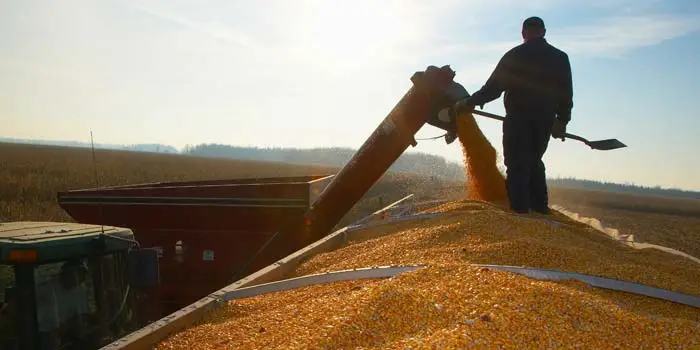Farm and Ranch Safety: 10 Tips to Avoid Injury


If you’re a farmer or a rancher, you know you’re working in a risky occupation. Not only are the hot months when you’re working long days the most dangerous time of the year, but living in a rural area can mean it takes longer to get treatment for an injury. Minimize the chance of injury with these 10 farm and ranch safety tips.
Take an inventory of loose platforms or handrails and obstructed pathways. Once you’ve completed your list, begin tackling repairs immediately. And don’t forget your LP and natural gas lines. Make sure they’ve been inspected and are in good working order.
Make sure that a safety protocol is in place for checking all electrical components throughout your farm or ranch, including buildings, equipment, individual connections, wiring and breaker boxes.
There is nothing more important than equipping yourself with the right safety gear. Use protective equipment like seat belts, gloves, goggles and face shields every time, no matter how quick or easy you think the job will be.
Pre-season and post-season, do a thorough inspection of your grain bins. Check the walls, roof and foundation for issues. Make sure all fans and conveyors are working properly. Verify that signage is visible. Remove objects that clutter walkways and could lead to fall injuries. And discuss the importance of cleaning spilled whole grain and dust with your employees.
This can go a long way toward keeping you and your farm and ranch workers safe. Investing in proper machine guarding and regular equipment maintenance reduces the likelihood of accidents for operators and keeps flying debris away from other workers in the area. Machine guards double as a way to increase your space by reducing the hazard area for the machine, and it keeps cleanup contained to a smaller area.
Tractor overturns are a leading cause of death for farm workers. ROPS is a kind of safety equipment that offers the best way to prevent tractor overturn. For maximum safety when operating a tractor, ensure that all equipment is shut off before exiting the tractor cab, and only allow riders if you have a buddy seat with a seat belt.
Sometimes you need to take large farm equipment on the road, even on a busy highway. Some 15,000 collisions involving farm vehicles occur on U.S. roadways each year. Put signage on your vehicles that is in good condition and securely attached. The slow moving vehicle (SMV) symbol alerts other drivers of your farm vehicle’s slow speed and low maneuverability. Display the symbol high and on the left, and keep the sign clean so that it is effective.
One essential farm and ranch safety tip: Make sure your equipment follows the lighting recommendations from the American Society of Agricultural Engineers (ASAE).
Large hail with no rain or a sudden drop in the wind can be warning signs of a tornado. If your employees see signs of threatening weather, make sure they know the procedure for getting to safety, no matter where they are at the time.
There are many people to notify in an emergency. Create a list of contact information for family members, employees, employee family members, suppliers and anyone who is regularly tied to your farm or ranch.
Learn more about how farm insurance coverage from Farm Bureau can protect what matters most when the unexpected strikes.